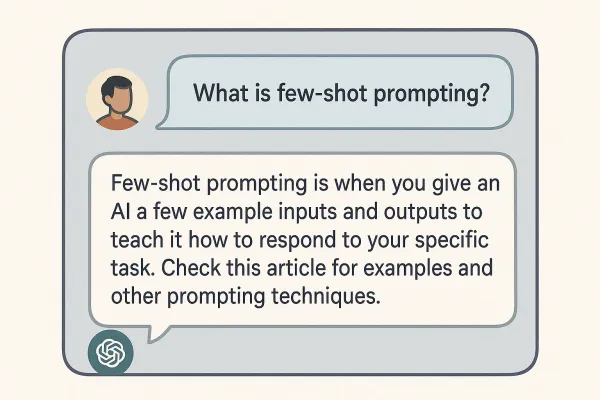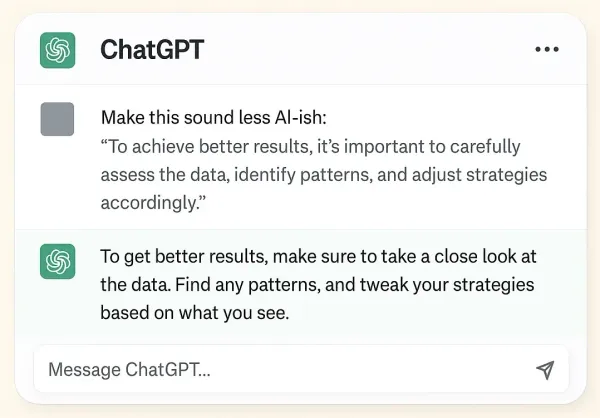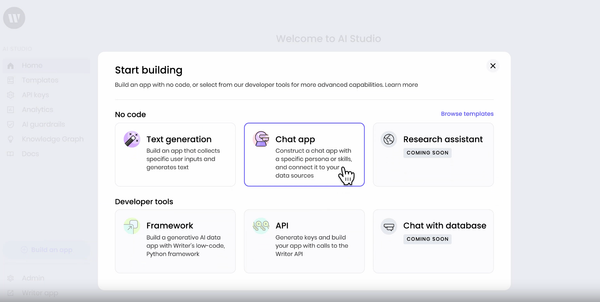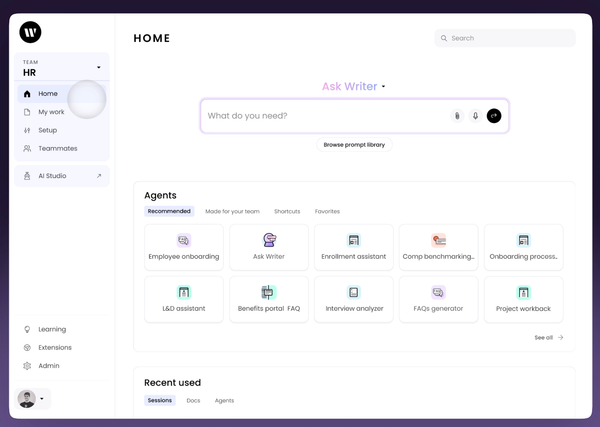Sora AI vs Nano Banana: Which one is better for your marketing campaign?
Forget Adobe Photoshop. Meet two of the top AI image generators you need to try in 2025: Sora AI from OpenAI and Nano Banana from Google.
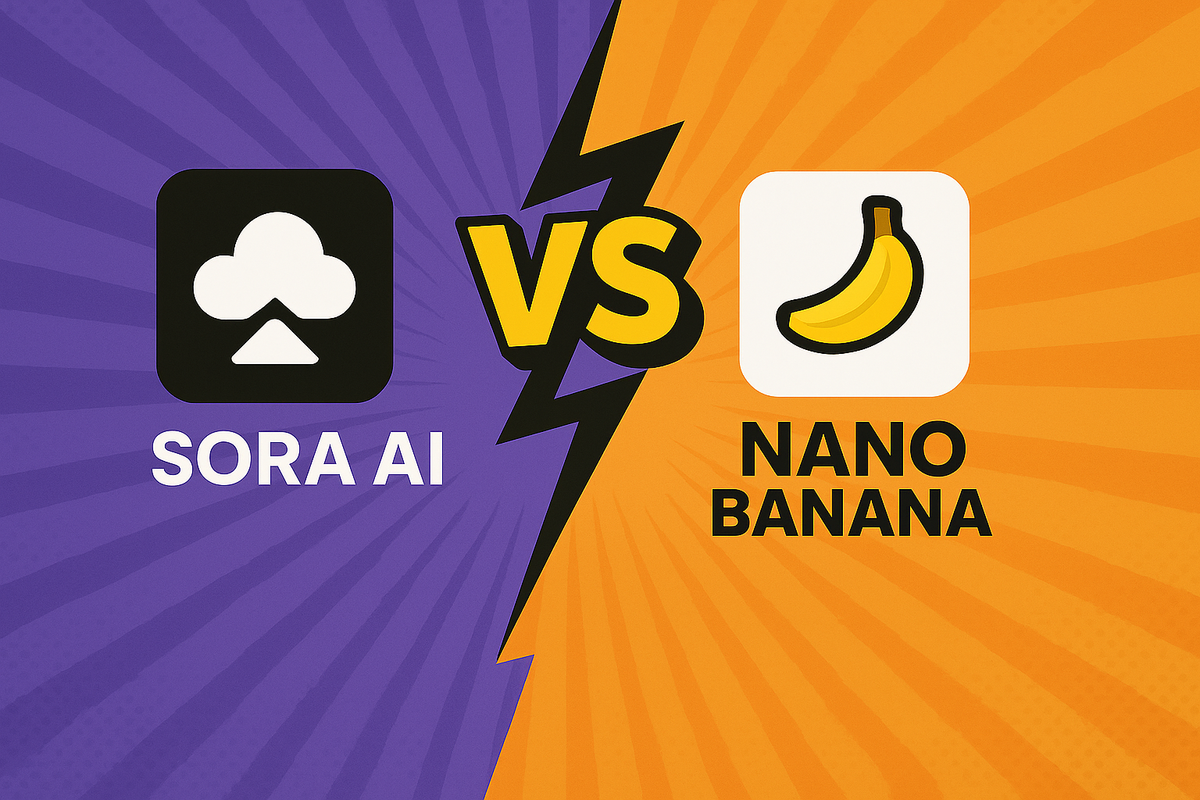
2025 is the future we’ve been waiting for since the 2000s.
Fifteen years ago, I spent an hour meticulously editing a single photo—today, a robot can do it in under five minutes.
If you create images for content or marketing, stick around as I pit Sora AI against Nano Banana (a.k.a. Gemini 2.5 Flash Image) and reveal which tool reigns supreme for your projects.
We’ll cover:
- features and performance, including a handy comparison table
- 8 use cases and experimentations
- observations and a conclusion
What is Sora AI? What is Nano Banana?
Sora AI is an OpenAI masterpiece, while Nano Banana is Google’s Gemini 2.5 image model.
Sora AI
feels like having a full creative studio at your fingertips—perfect for crafting sharp, magazine-worthy images and video stills with natural lighting and rich textures.
Perfect for creatives such as graphic designers, art directors, and marketing teams—who need polished, high-resolution visuals for print campaigns, concept art, and brand assets.
Nano Banana
is all about speed and finesse: you can whip up quick edits, remove or replace objects flawlessly, and collaborate in real time on a shared canvas.
Perfect for social media managers, content creators, and small businesses seeking fast, intuitive edits—like product photos or quick promotional graphics—with real-time collaboration and simple masking tools.
Here’s a more handy-dandy comparison table to check out:
| Feature | Sora AI | Nano Banana |
|---|---|---|
| Native Resolution | 2K–4K | 1K (upscaling optional) |
| Rendering Style | Cinematic, polished | Fast, context-aware edits |
| Editing Tools | Basic masking & filters | Advanced in-painting & object removal |
| Speed | Moderate (2–5 s per image) | Rapid (<1 s per edit) |
| UI/UX | Professional interface, API support | Intuitive drag-and-drop, collaborative canvas |
| Collaboration | API-based integration | Real-time multi-user sessions |
| Pricing | Subscription tiers | Pay-per-edit + upscaling add-ons |
Although these details are helpful, it’s much easier to compare both with visuals. I’ve tried them out myself, and here are the experiments I’ve done so you can see them much closer.
How to use an AI image generator?
Step 1
I asked Perplexity to provide us with use case samples that include a prompt and images. I searched the images using Google.
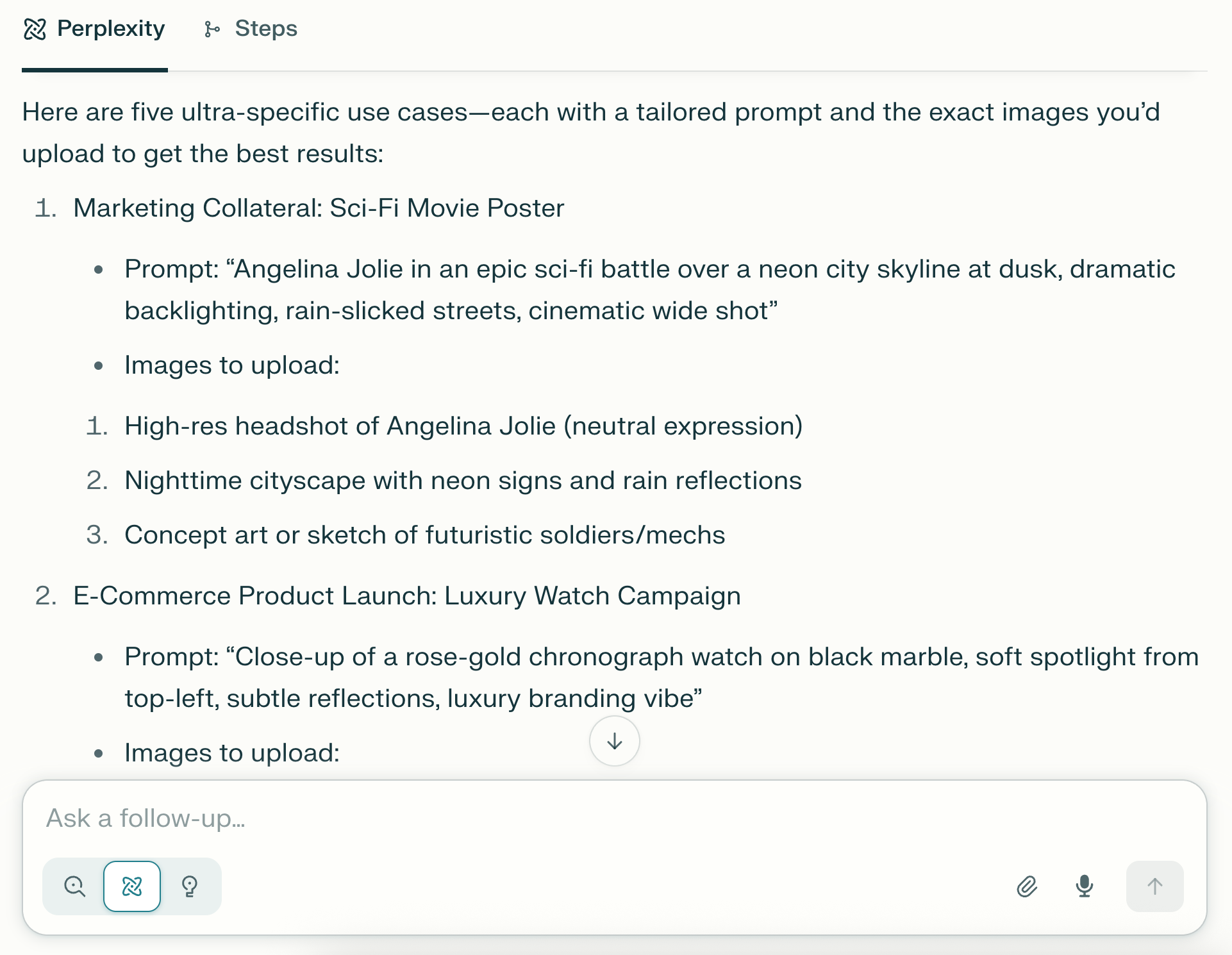
Step 2
I copied and pasted the prompt and uploaded the images I found on Google to Sora AI and Nano Banana. I copied and pasted exactly as it is to compare which is better.
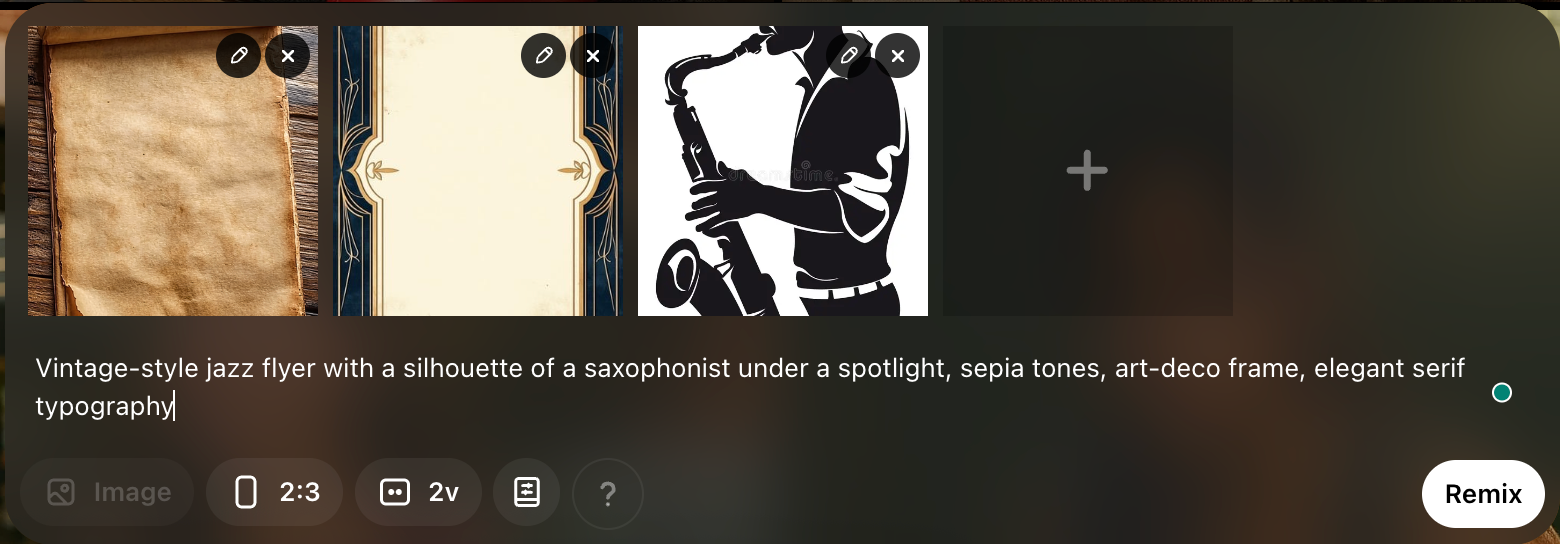
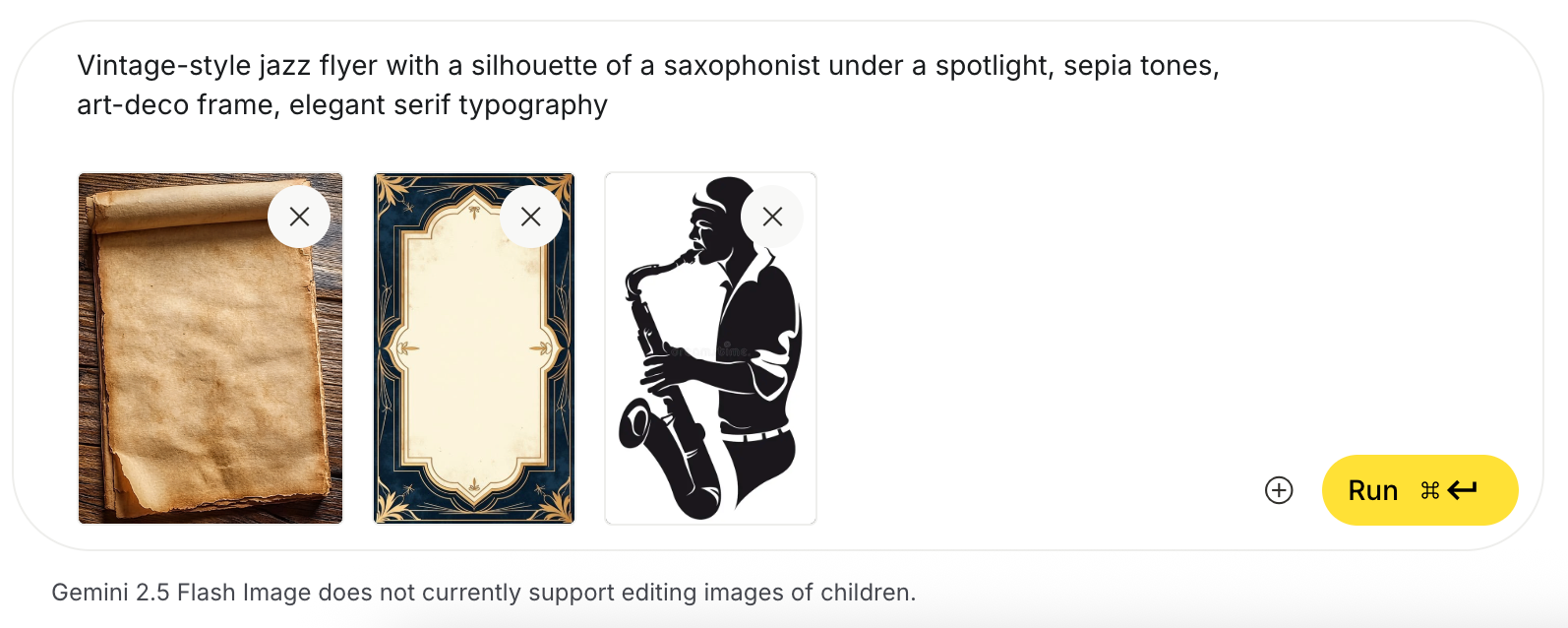
Step 3
I waited for less than 5 minutes to see the output.
Here are my experiments:
Use case #1. E-commerce product launch: Luxury watch campaign
Images used:
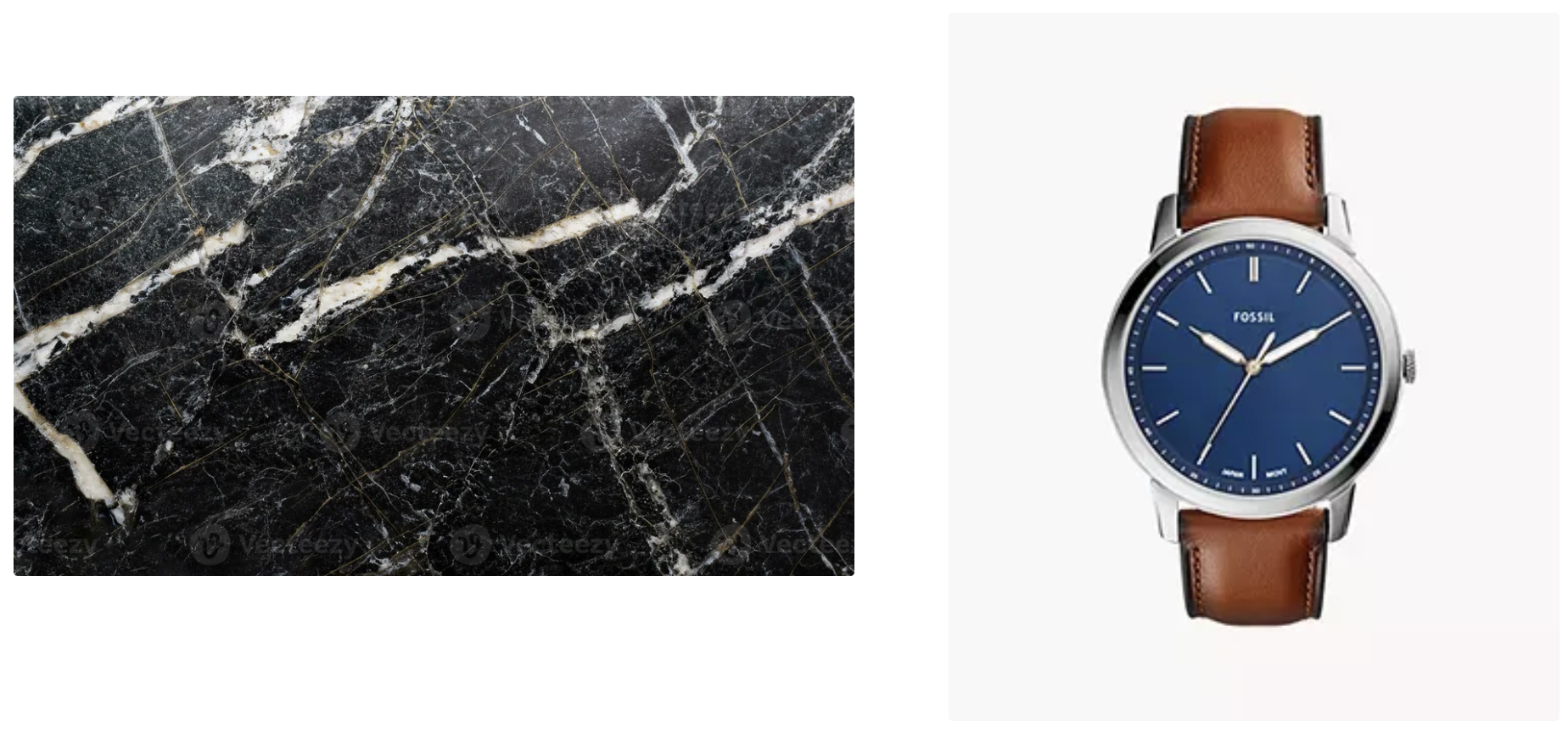
The result:
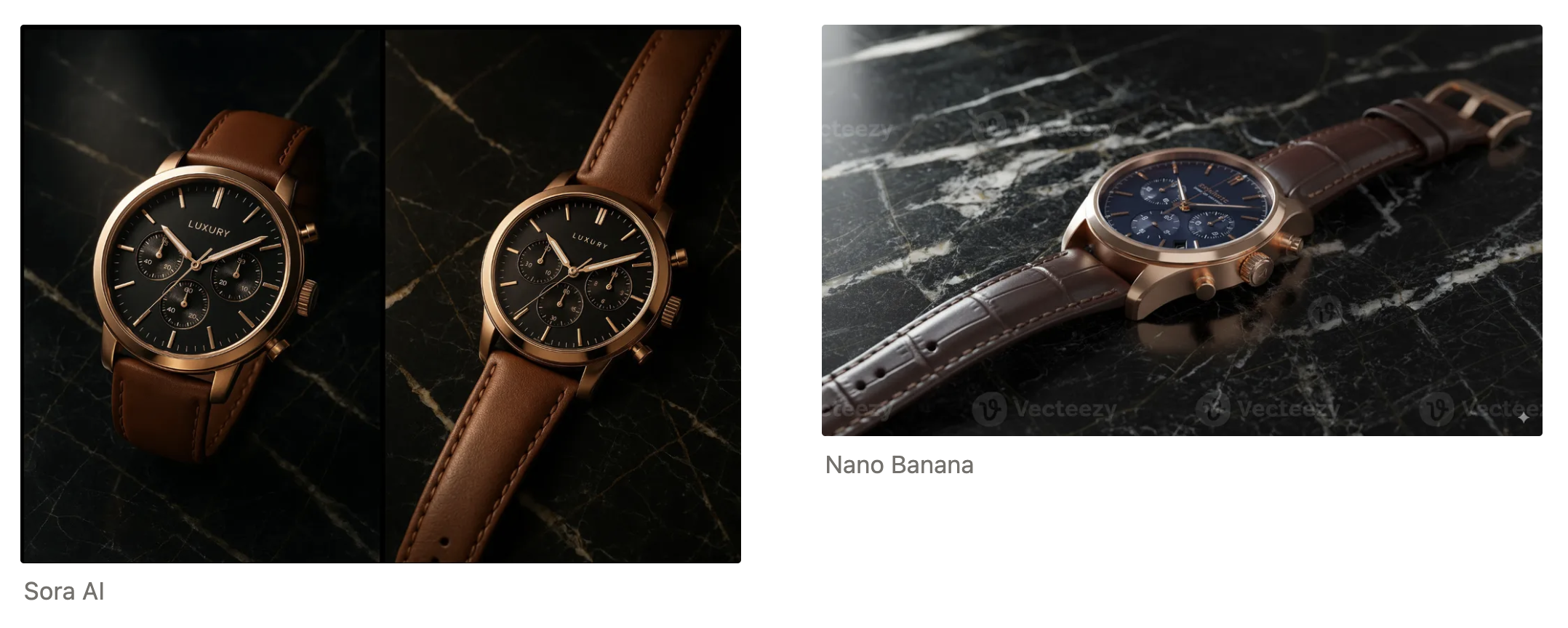
Use case #2: Social media portrait: Fitness influencer
Images used:
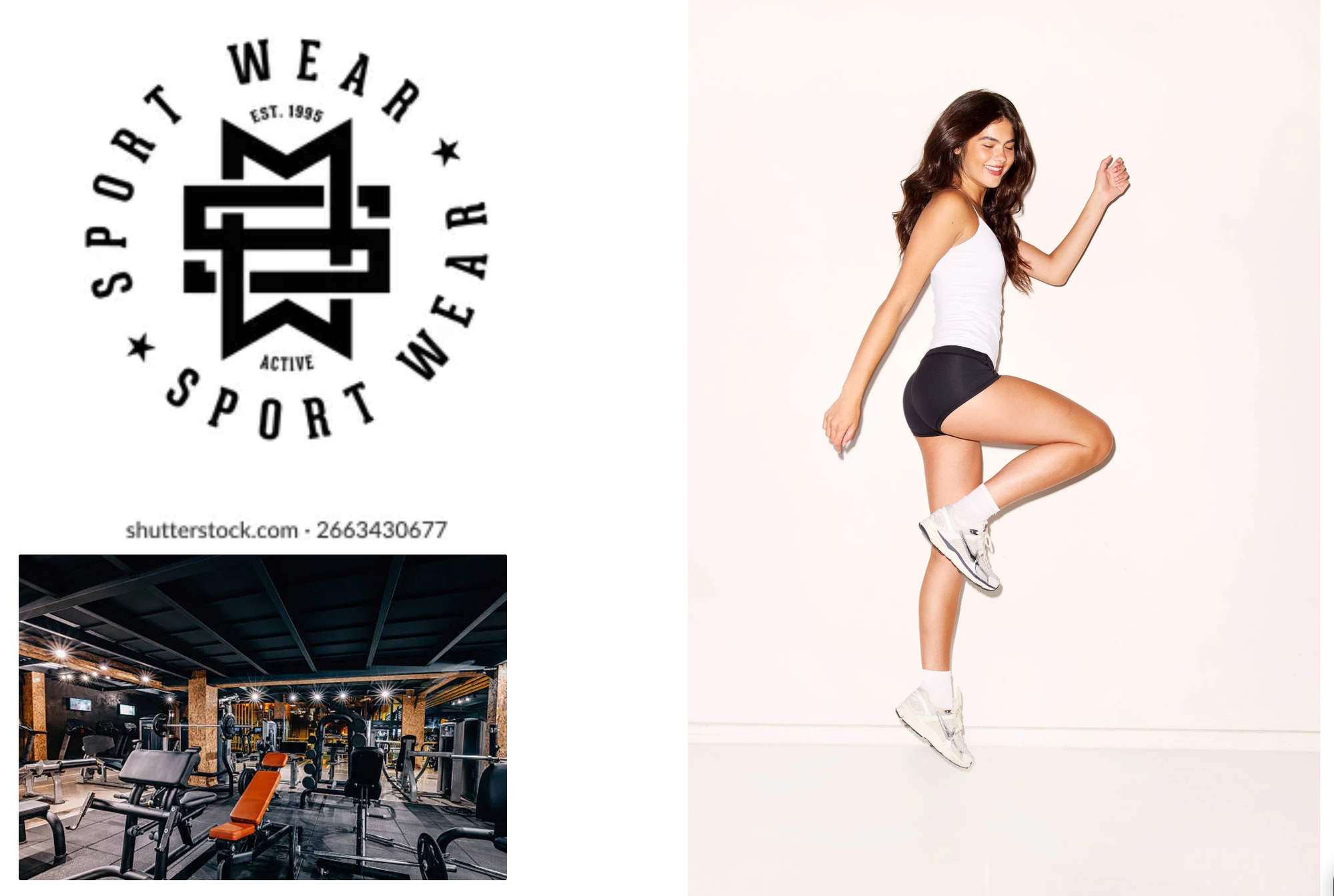
The result:
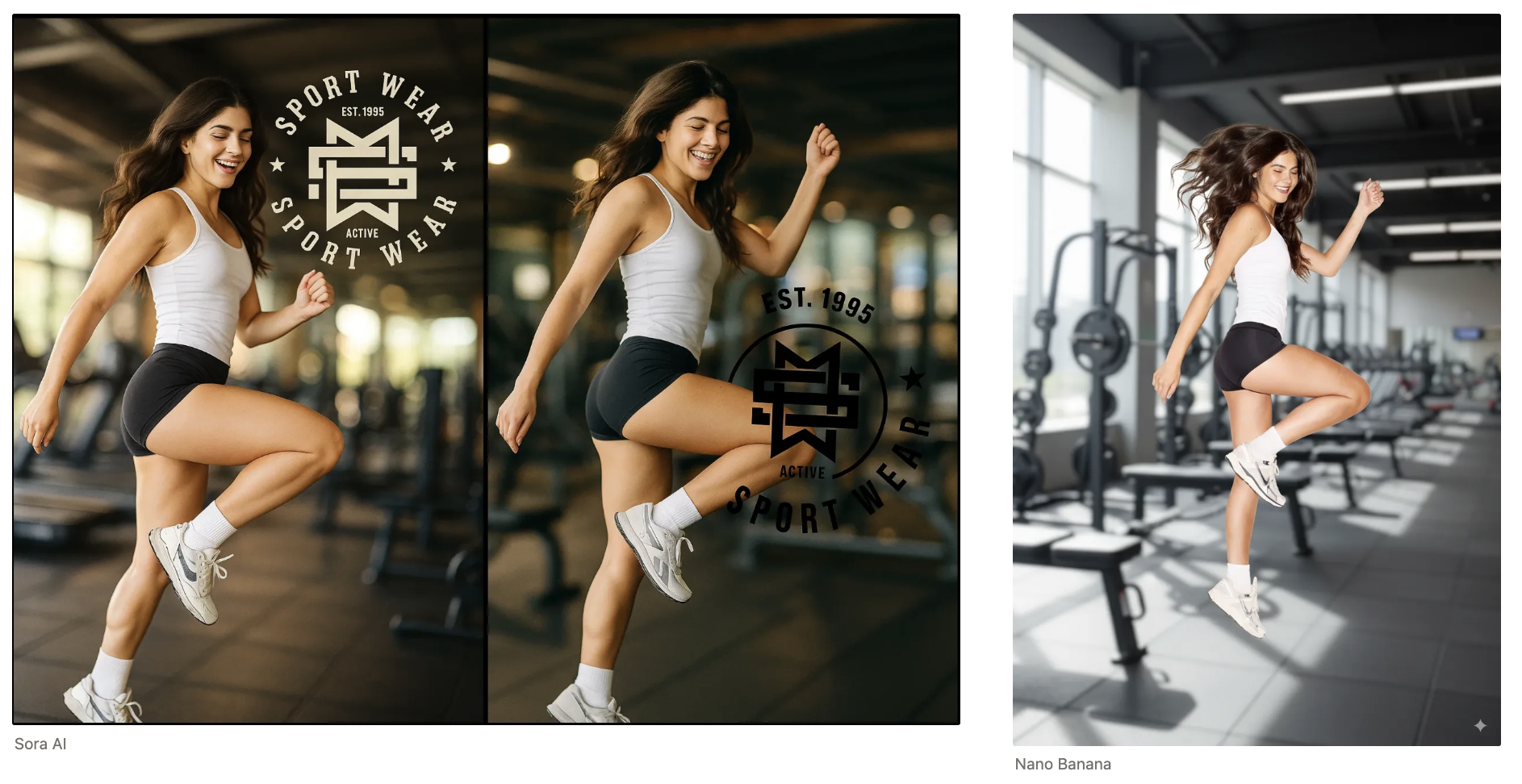
Use case #3: Event invitation: Jazz night flyer
Images used:
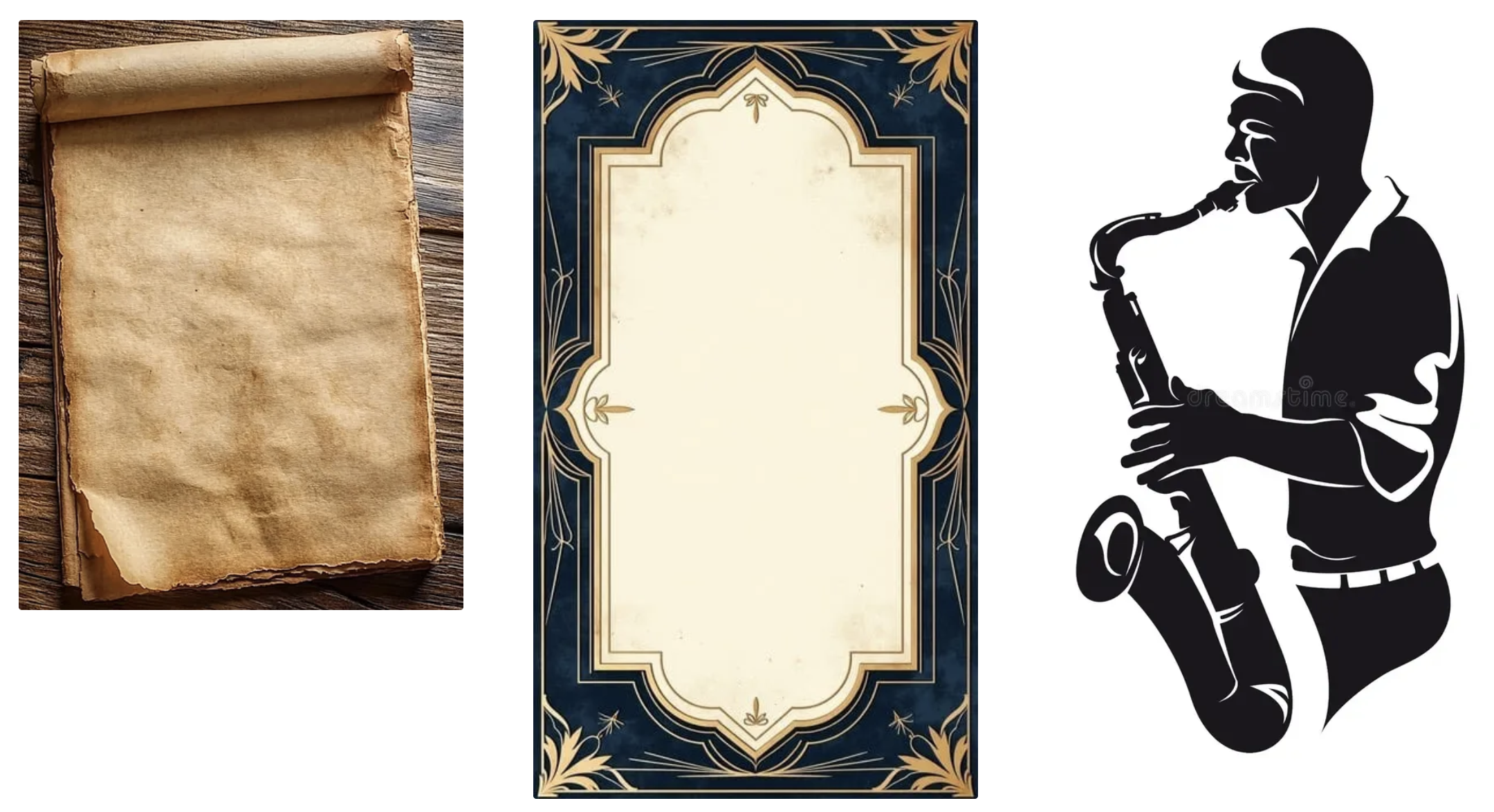
The result:
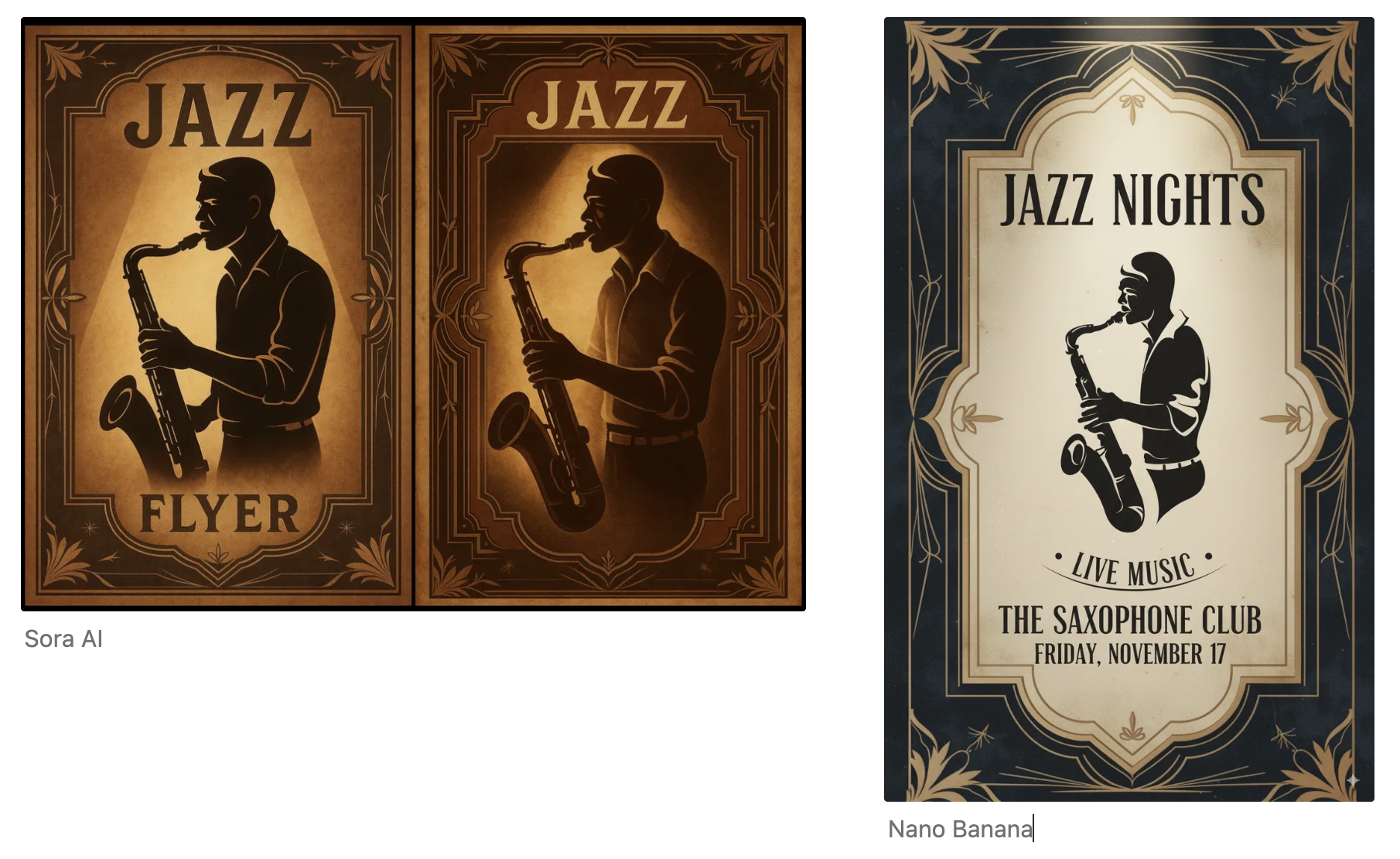
Use case #4: Interior design concept: Boutique café corner
Images used:

The result:
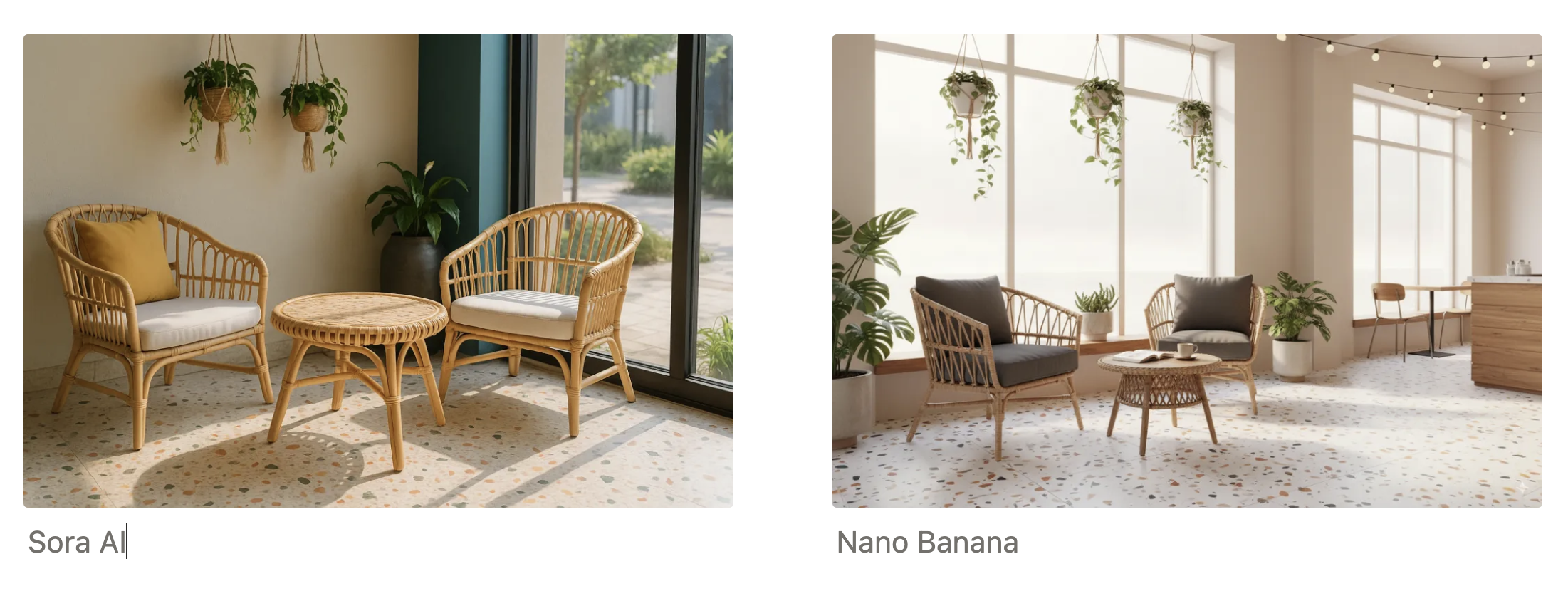
Use case #5: Movie scene: Sci-fi film
Images used:

The result:
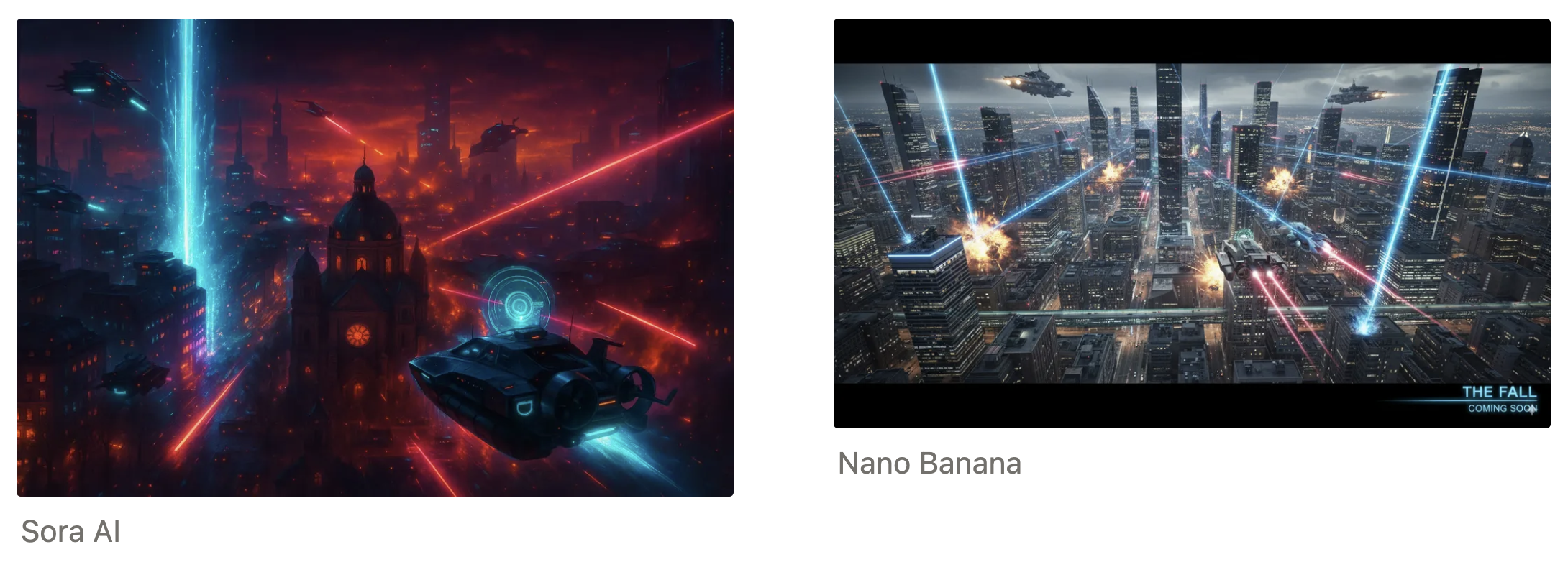
Observations
After putting both tools through their paces, I discovered that Sora AI consistently delivers superior lighting effects—those subtle shadows and natural highlights that make images look professionally shot rather than AI-generated.
The bonus? You get two variations per prompt, giving you creative options without re-running the entire process.
Nano Banana, however, absolutely crushes it when it comes to flyers and promotional graphics.
Its text integration and layout composition feel more intuitive, and honestly, the speed difference is game-changing—under 30 seconds versus Sora AI's two-minute wait time.
But wait, there's more...
Nano Banana might sometimes lag behind Sora AI on raw image generation, but it’s rapidly becoming the talk of the town.
Thanks to its mindblowing Build feature on AI Studio.
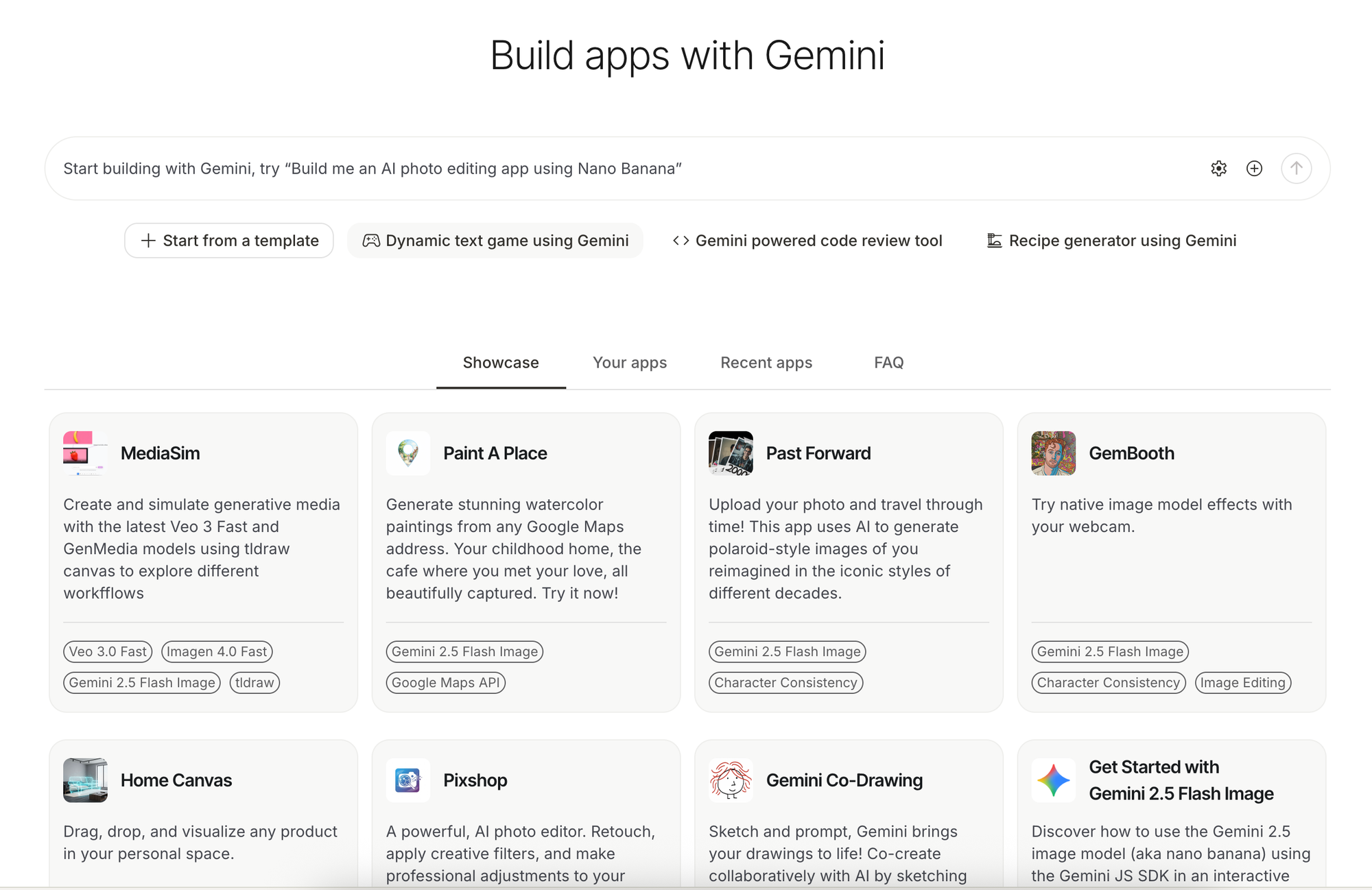
With Build, you can:
- Assemble multi-step workflows in a visual canvas—combining text-to-image, in-painting, and layout adjustments in one seamless flow.
- Drag and drop modules for different tasks (generate, mask, composite), then link them together without writing a single line of code.
- Share your entire pipeline with teammates or the public so that anyone can reproduce or remix your process in seconds.
Think about Lovable. It's similar to what the Build feature can do. Build your mock-ups, own web and mobile app, and more.
There are also pre-built templates that you can explore!
So, which one is better?
The conclusion? It depends on your needs.
If you're creating hero images, product shots, or anything requiring cinematic polish, go with Sora AI and grab a coffee while it renders.
But for quick social posts, event flyers, or rapid-fire content creation, Nano Banana keeps your workflow moving at lightning speed.
Use Nano Banana's Build feature if you want to create much more than an AI-generated image based on prompts.
Both tools have officially made those hour-long Photoshop sessions a thing of the past. Pick your poison based on whether you need perfection or speed—or better yet, use both and watch your creative output soar.
FAQs
How Nano Banana Build App feature works?
Here's a great Youtube video tutorial that explains how it works. Have fun!
Can I upscale Nano Banana images for free?
Basic upscaling is free up to 1.5×, but ultra-HD boosts beyond 2K require paid credits.
Does Sora AI support batch processing?
Yes—Sora AI’s API allows queuing multiple prompts for automated workflows.
Which tool integrates better with Photoshop?
Both offer plugins, but Sora AI’s API provides deeper scriptable control for Photoshop actions.
How do I master prompt engineering for each?
Start with community prompt libraries, then refine using subject/style modifiers (e.g., “—cinematic,” “—ultra-realistic”).

